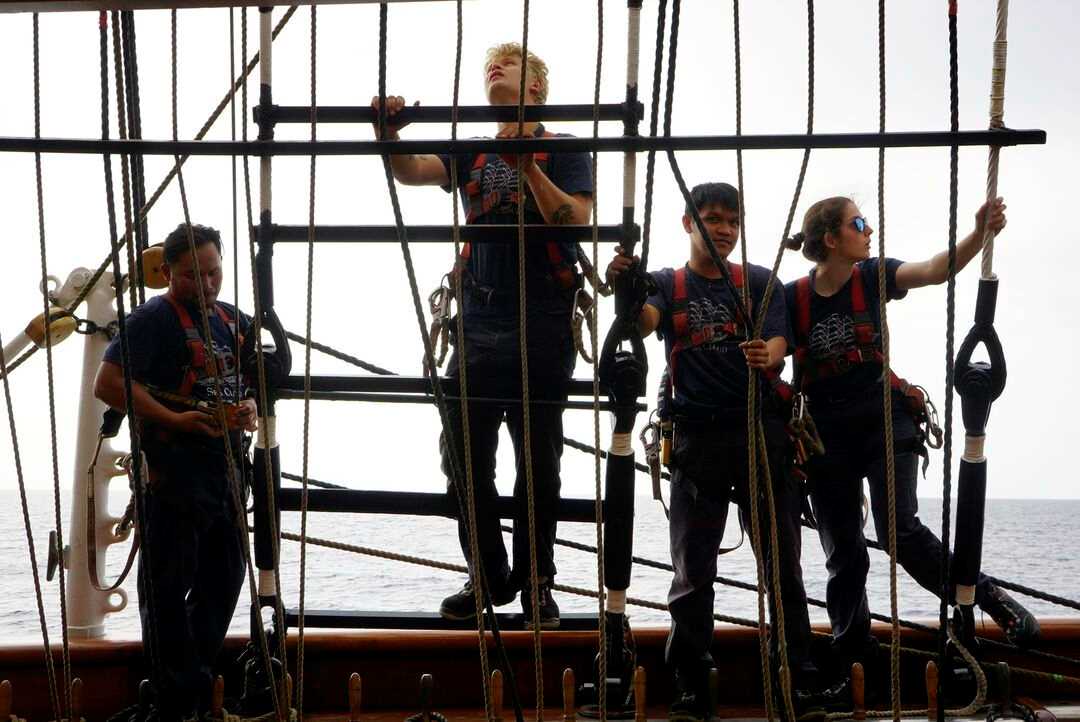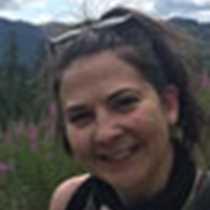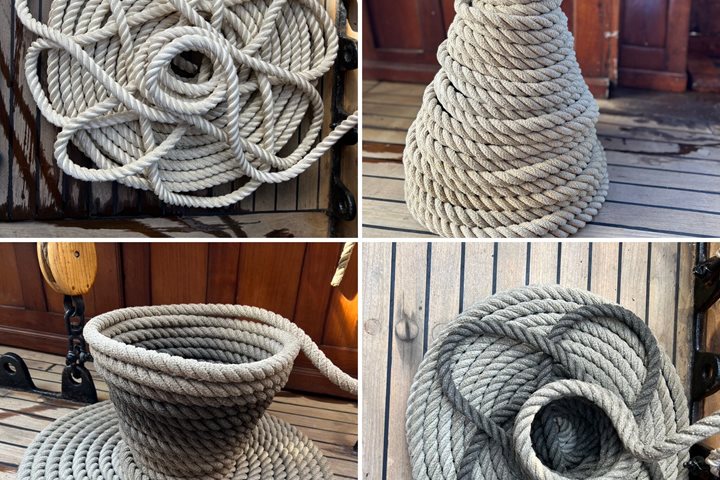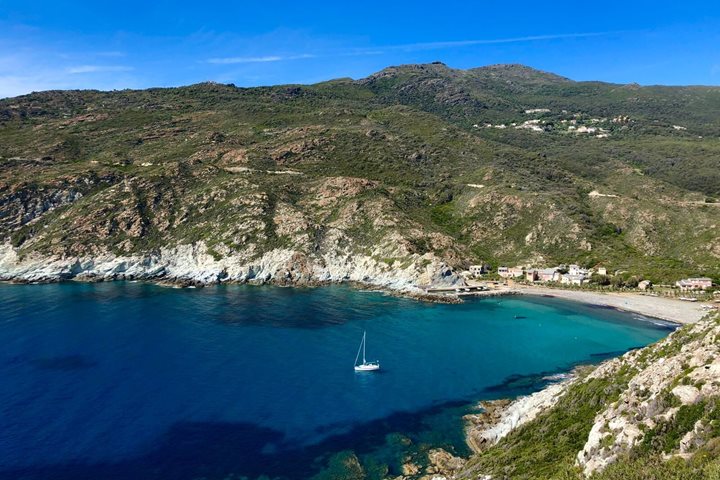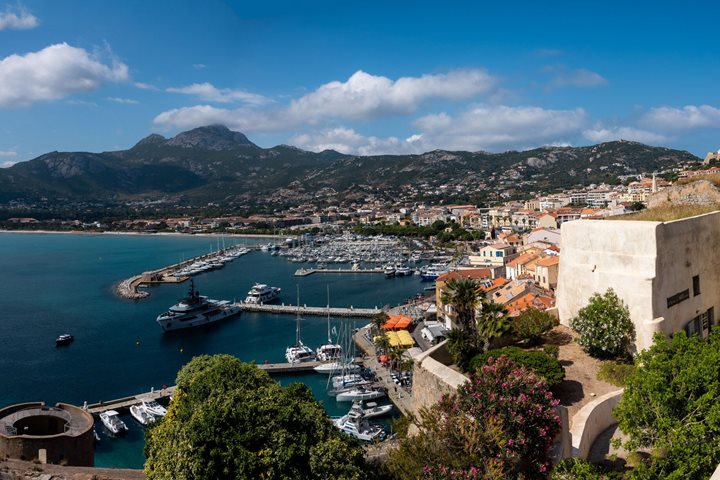We are back! After more than two years away, we are finally back on the legendary Sea Cloud, and we could not be more excited. The officers and crew are more welcoming than ever, and our first day did not disappoint. After leaving Naples to start our journey, we slowed down for stunning views of Capri before we enjoyed our first exquisite dinner aboard. Sailing through the night and into the morning we go westward across the Tyrrhenian Sea. With the seas in our favor, we enjoyed a play-by- play by Captain Svendsen as the crew went aloft and set the sails for the first time in our voyage. As the sailors brace the yards, go aloft to loosen the gaskets on the sails, and return to the deck to set the trim sails, it truly is a stunning mechanical process.
After our delicious lunch and a bit of a siesta, we were titillated when Tom Heffernan, historian for Lindblad Expeditions, spoke on the topic of Black Death. He explained how it gave birth to a new Europe and the implications it has today. Then we enjoyed an informative talk by our certified photo instructor, Massimo, on smart phone photography to set us up for all the amazing moments we will capture during our voyage.
Once we had absorbed all that the day provided us, our Captain treated us to a Welcome Cocktail Party. He introduced the officers and key staff. We were surrounded with good conversation and magnificent cocktails. This was followed by one of the many fabulous dinners we will enjoy on this adventure.
We ended the evening by sailing onward towards Cagliari, Sardinia with sensational tunes played by our pianist Mario.

